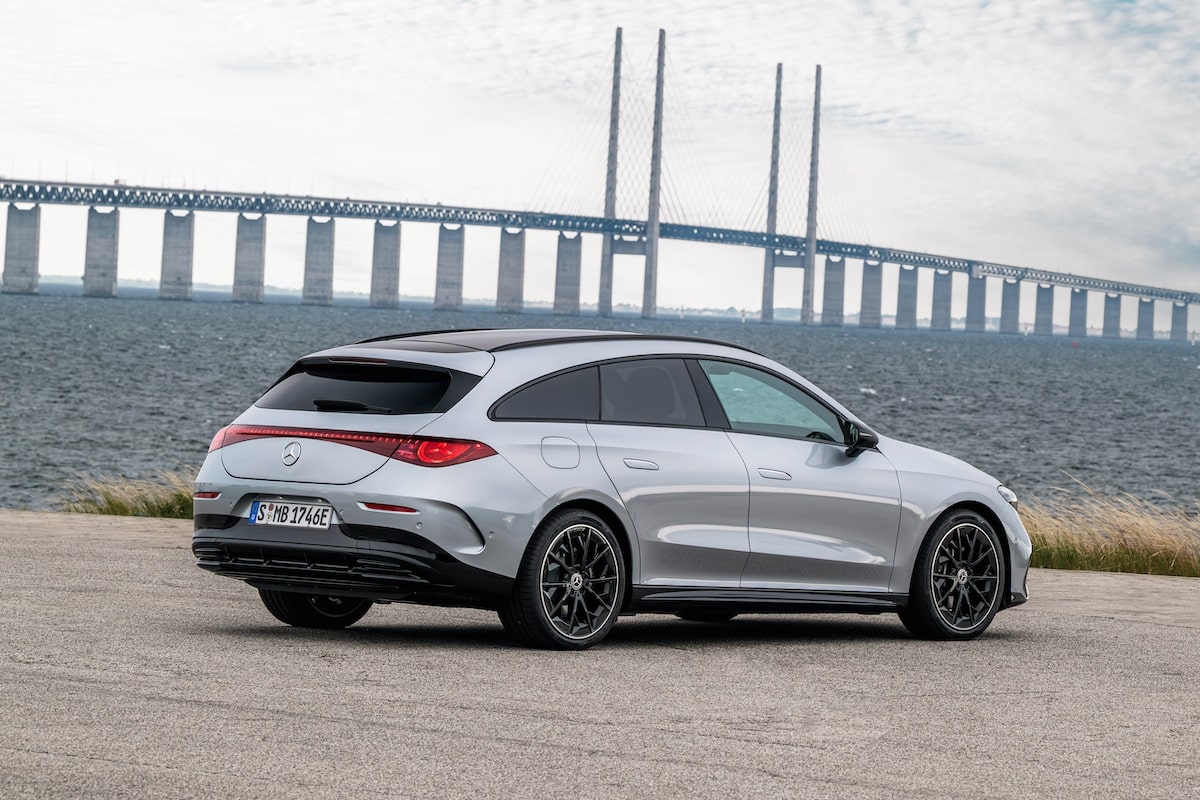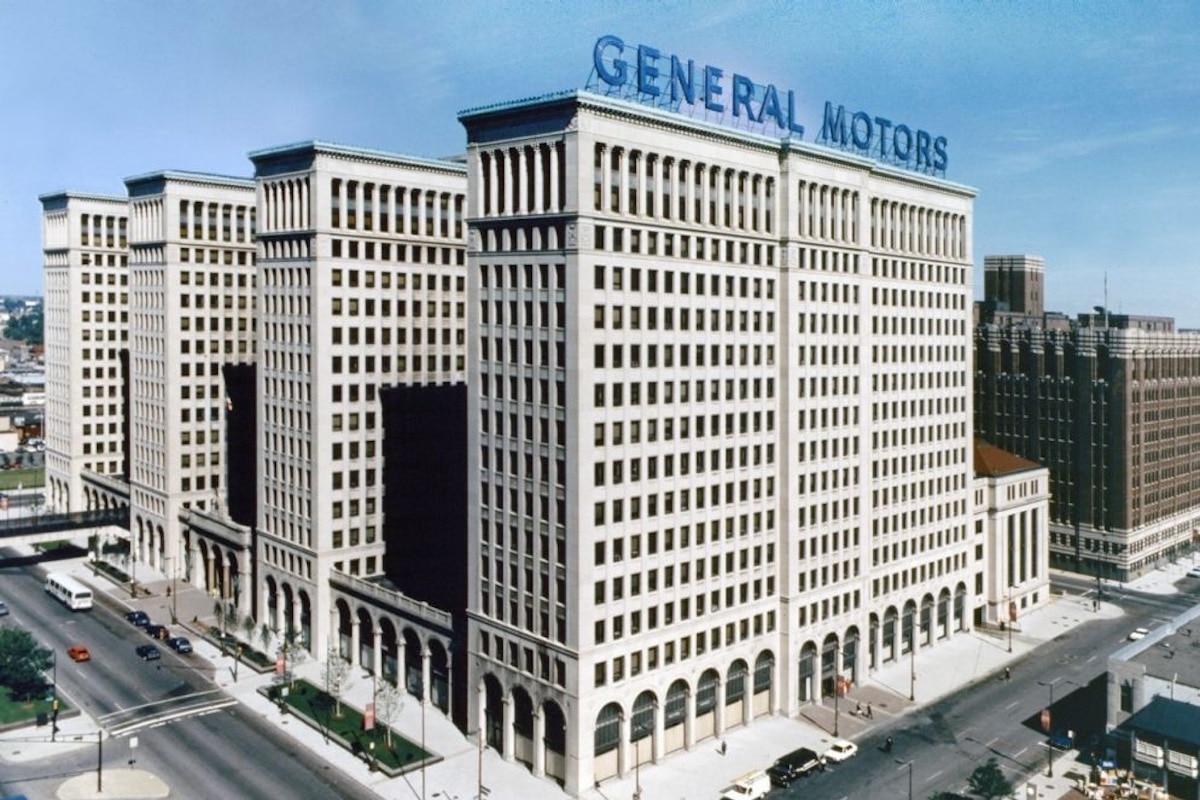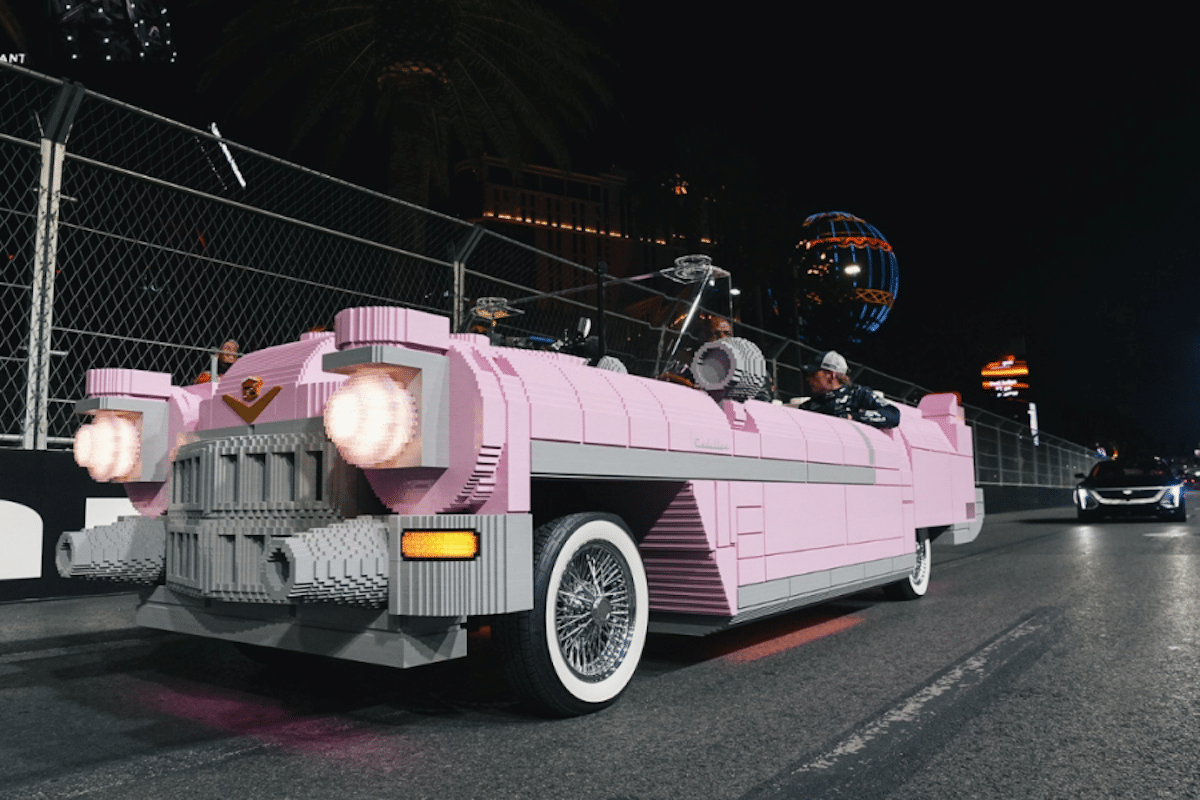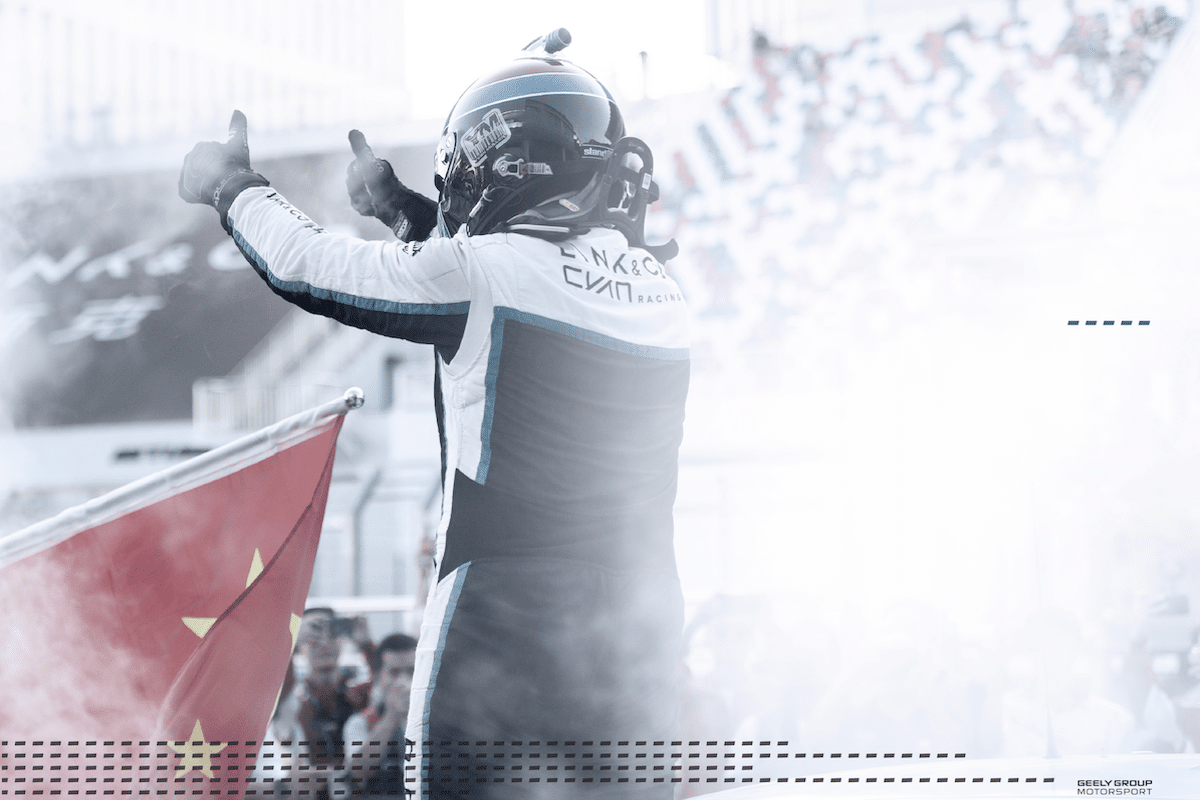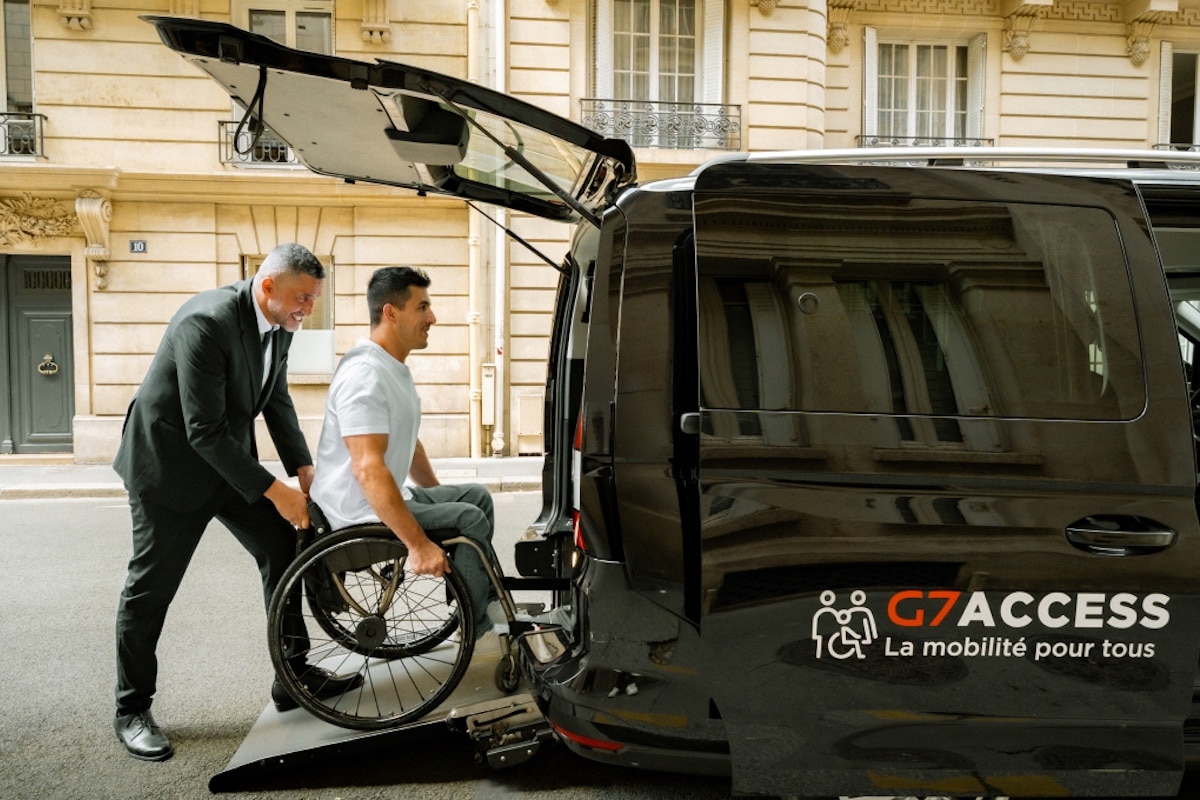Audi completes a project born in the 1930s
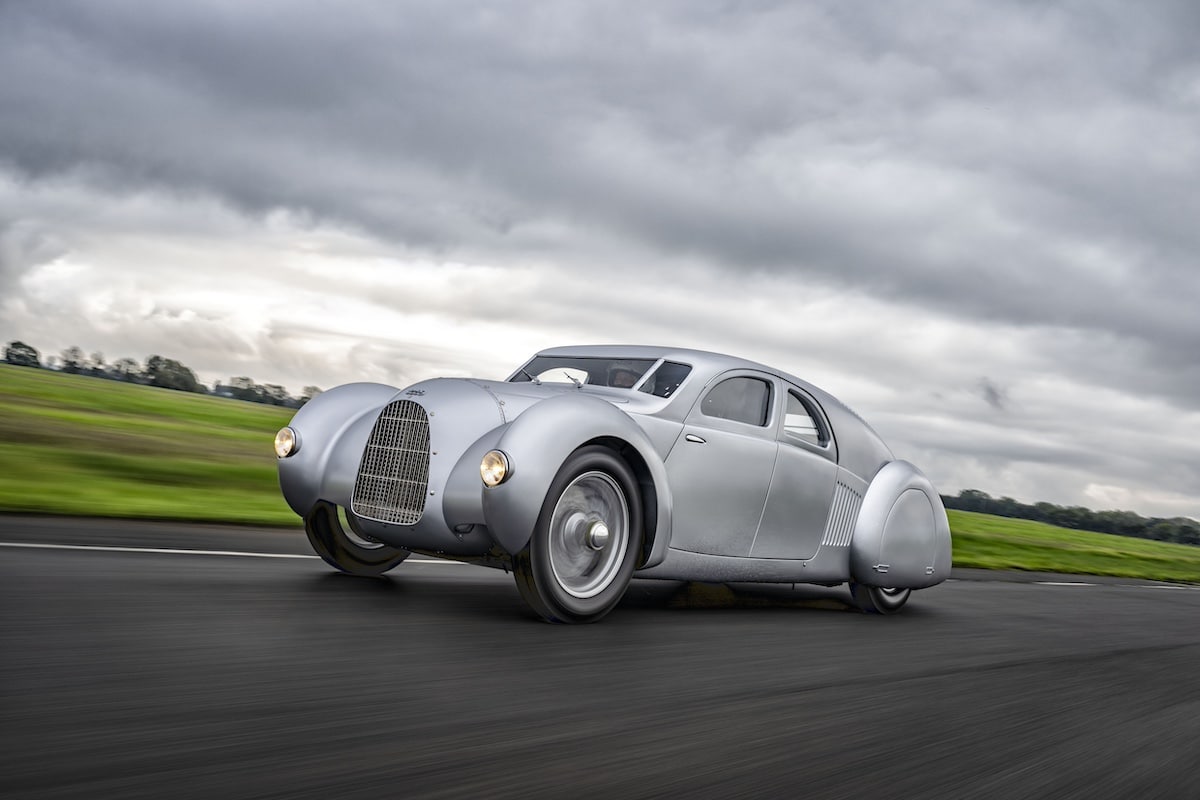
Audi has decided to revive the Auto Union Type 52, an unfinished project that foreshadowed our modern Hypercars.
This is not strictly an Audi, but indeed an Auto Union. In 1932, Audi, DKW, Horch, and Wanderer decided to join forces to try to compete with the giant Daimler-Benz and its triumphant Mercedes. This union of the four brands is sealed around a logo that has become famous, four interlocking rings. Auto Union was notably the first manufacturer to place the engine in a rear position, an architecture that has now become the norm in Formula 1 and endurance prototypes.



While the cars with the rings and silver body triumphed on tracks around the world, a design office led by a young engineer named Ferdinand Porsche was working on a very particular project, “Schnellsportwagen”. You don’t need to have chosen German as your first language to understand that this was a fast sports car. A road-legal sports car intended to be entered in road events such as the Mille Miglia, but also to occasionally challenge the clock on the track. A Hypercar before its time. A model close to the philosophy that drove Enzo Ferrari, whose cars were meant to be capable of going to and from the circuits on the road… but don’t forget that the Commendatore founded his brand in 1947, 15 years later!
What gives life to an Audi?
The project known as Type 52, initiated in 1933, was built around a V16 engine with a displacement of 4.4 liters developing 200 horsepower at 3,650 rpm. Unfortunately, it was abandoned in 1935 in a political context that was not conducive to such extravagances. A shame, as it would have undoubtedly been the most extreme road-legal vehicle in the world.



Fortunately, the design plans survived the dismantling of Auto Union after World War II and its being placed under Russian supervision. Aware that they held a treasure, Audi Tradition commissioned the restoration experts Crosthwaite & Gardner to finally build an Auto Union Type 52. After several years of work, the beauty has finally come to life. Measuring 5 meters long and 1.78 meters wide, the car impresses with its silhouette worthy of an Art Deco creation and its three-passenger cabin. The driver is seated in the middle, with passenger seats on either side, slightly offset to the rear. This layout can be found, for example, in the McLaren F1. But it is indeed a road car equipped with a roof, headlights, and enough space for some luggage.
As a final touch, the supercharged V16 engine has benefited from the expertise of the 2000s and proudly displays 520 horsepower!
ALSO READ: Audi sets a new record
This page is translated from the original post "Audi achève un projet né dans les années 1930" in French.
We also suggestthese articles:
Also read
